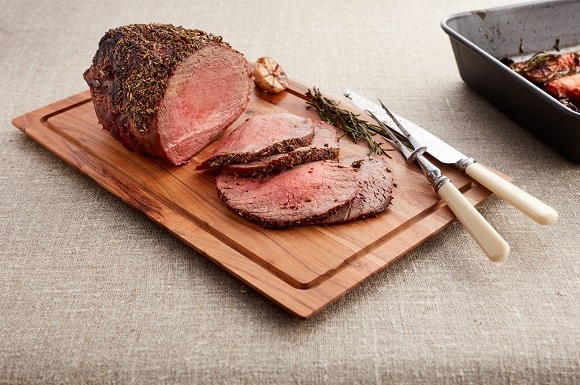New HMRC trade figures for 2021 show that the value of lamb and beef exports from Wales continues to be over £200million a year, despite the substantial external disruptions to the market over recent months.
Since the end of 2019, the Covid pandemic and the end of the Brexit transition period have both influenced trade patterns.

Lockdowns have disrupted demand from the hotel and restaurant sector in key overseas markets, while there have been additional administrative burdens on exporters to the EU. At the same time, retail demand for lamb and beef in the UK soared, meaning that there was less meat available for export.
While the total volume of red meat exported is below pre-pandemic levels, the financial value of exports has held up. The total value of lamb and beef exports from Wales in 2021 was comparable with levels seen in 2019.
Volumes of red meat exported from the UK as a whole fell on the year by 20% for sheep meat and 12% for beef, as illustrated by new HMRC data.
But figures calculated by Hybu Cig Cymru – Meat Promotion Wales (HCC) show how the value of red meat exports from Wales in 2021 was £210million – only 0.4% down when compared against pre-Covid 2019.
HCC’s Data Analyst, Glesni Phillips said: “Despite the reduction in the volume of red meat exported from the UK last year, the value of trade to the Welsh economy remained consistent.
“Work by HCC and processors to maintain retail and foodservice trade to key markets, along with price inflation in the food sector in recent months, partly explains the divergence in the volume and value figures.
“It’s good news that the value of Welsh red meat exports remains above £200million a year, and this has helped ensure strong prices for farmers. However, there is still considerable uncertainty in the future outlook.”
The latest HMRC figures also reveal the impact of Covid disruption on imports to the UK.
The difference in the volume of lamb shipped into the UK between 2020 and 2021 was substantial; imports were down by 18%. New Zealand continued to be the dominant supplier and accounted for 67% of fresh and frozen imports. This, however, was down by 18% on the year as New Zealand has been re-directing its product to Asia.
Glesni added:
“It is possible that exports may increase again in the latter half of 2022. Beef production levels are forecast to increase which will mean greater product availability for export markets where demand for beef remains.
“For lamb, global supplies are forecast to remain tight which could lead to an increased export demand during 2022, but that will of course depend on the lambing season and subsequently on supply and demand levels in the UK market.”












